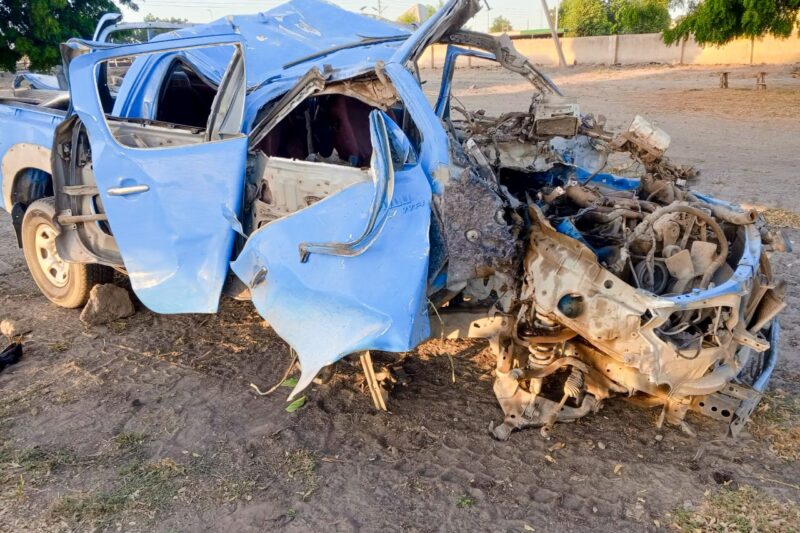Cholera has become an epidemic in Nigeria and Niger, where the number of cases continue to escalate at an alarming rate.
The United Nations Office for the Coordination of Humanitarian Affairs (OCHA) said that in Nigeria, as at October24, there were 93,932 suspected cases and 3,293 associated deaths so far this year. These numbers put the case fatality rate at 3.5%, which was higher than the previous annual outbreaks in the past four years.
The outbreak had affected 32 of the 36 states of the country, including the capital Abuja.
Children aged five to 14 were the most affected group.
Northern Nigeria was the most affected region, with 89% of all suspected cholera cases. The states most affected were Bauchi, Kano, Zamfara and Jigawa.
In Niger, as at October 12, there had been 5,343 confirmed cases and 156 deaths so far this year, with a case fatality rate of 2.9%. The most affected regions were Maradi, Tahoua, Zinder, Tillabéri and Niamey.
OCHA said poor sanitation, including open defecation practices, and the consumption of contaminated water were two of the key drivers of the outbreak in Nigeria. The rainy season and subsequent flooding had worsened the situation.
The volatile security situation in Nigeria prevented the access of humanitarian and health workers and the provision of vital aid.
The first cholera cases in Niger were reported in Maradi, a town close to the border with Nigeria, which was very porous, with a lot of movement happening between the two countries. The initial cholera cases in Maradi were linked to the outbreak in northern Nigeria, OCHA said.
In Maradi, the region most affected by the cholera outbreak in Niger, the activities of armed groups hampered the access of displaced people to health services.
The organisation said incursions by armed groups forced hundreds of people to relocate each month, moving them away from health services or leading to increased pressure on health facilities already working with limited capacities.
Complex administrative procedures in northeast Nigeria – such as the clearance requirement for aid convoys to some locations – delayed the delivery of critical medical supplies and treatment kits.
There was poor network coverage in some affected areas of northeast Nigeria, particularly where the government had recently gained control from insurgents. This hindered the timely submission of health data, the organisation said.
OCHA said it was highly likely that the number of cholera cases and deaths in Nigeria had been undercounted, because some affected communities were in areas that were difficult to access given the high levels of insecurity.
According to the Nigeria Centre for Disease Control (NCDC), some states in Nigeria inconsistently reported data regarding cholera cases and deaths. The centre collates all the data on the number of cases and deaths.
While cholera was treatable if medical intervention was done in a timely manner, cholera outbreaks would continue to occur if the underlying causes are not addressed.
Cholera would continue to be endemic in Nigeria because the majority of the population did not have access to safe drinking water and endured poor hygiene and sanitation standards, OCHA said.
In 2018, during the previous cholera outbreak, only about 37% of the population of Maradi in Niger had access to a source of clean water and 75% practised open defecation. The persistence of this situation largely explained the spread of cholera in the country.
The lack of WASH – water, sanitation and hygiene – infrastructure in internally displaced persons’ sites and in host communities appeared to be a key reason for the cyclical episodes of cholera in Niger, OCHA said.
- Cholera is an acute diarrhoeal illness caused by infection of the intestine with Vibrio cholerae bacteria. People can get sick when they swallow food or water contaminated with cholera bacteria. The infection is often mild or without symptoms, but can sometimes be severe and life-threatening.








